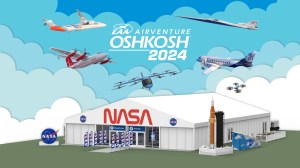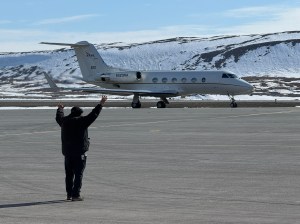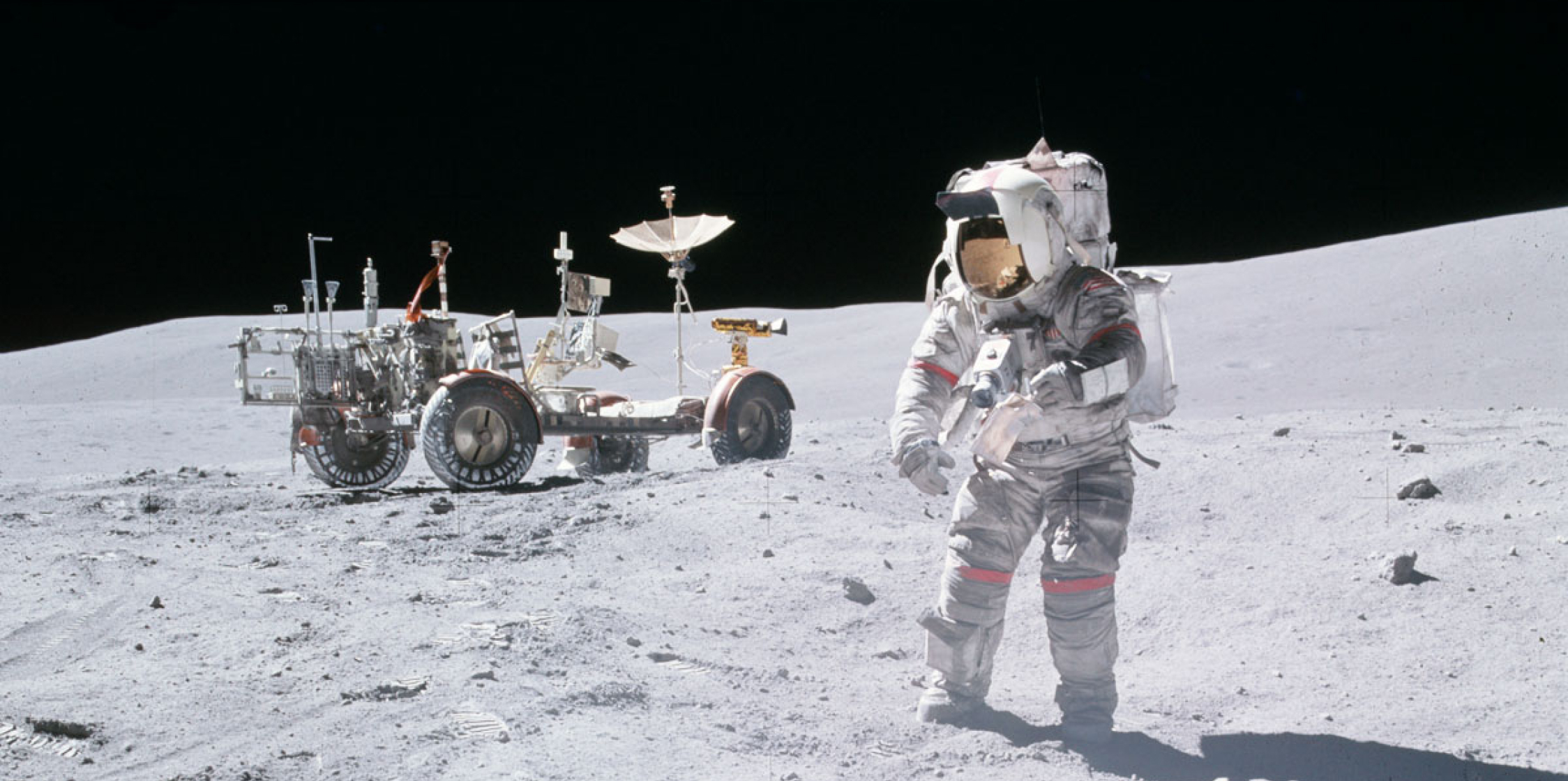Overview
Using the engineering design process, students will design, build, and improve a stand-alone solar powered pumping system to move water as quickly as possible between two containers. Students will use light-concentrating materials, shapes, and structures to maximize the collection of simulated solar energy. The energy will then be directed toward a solar cell that will power the system to move the water.
Supporting Science Investigations:
- How Intense Are You? – Learn how light intensity changes as you move away from the source.
- What’s the Point? – Explore how lenses can be used to manipulate light.
- Shed Some Light – Use mirrors to reflect light and learn about focusing energy to a desired location.
Introduction Video
Challenge Content
EDC-03: Powered and Pumped Up Facilitation Guide (PDF)
EDC-03: Powered and Pumped Up Facilitator Presentation (PDF)
Next Generation Science Standards Addressed
Engineering Design
- MS–ETS1-1. Define the criteria and constraints of a design problem with sufficient precision to ensure a successful solution, taking into account relevant scientific principles and potential impacts on people and the natural environment that may limit possible solutions.
- MS–ETS1–2. Evaluate competing design solutions using a systematic process to determine how well they meet the criteria and constraints of the problem.
- MS–ETS1–3. Analyze data from tests to determine similarities and differences among several design solutions to identify the best characteristics of each that can be combined into a new solution to better meet the criteria for success.
- MS–ETS1–4. Develop a model to generate data for iterative testing and modification of a proposed object, tool, or process such that an optimal design can be achieved.
Waves and Electromagnetic Radiation
- MS–PS4–2. Develop and use a model to describe that waves are reflected, absorbed, or transmitted through various materials.
Related NASA Content
Online Resources
- Future Flight: Solar Power – Build a solar-powered car that runs on sunlight.
https://www.nasa.gov/sites/default/files/atoms/files/solar_power_5-12.pdf - NASA Glenn Solar Research – Learn about solar research happening at the NASA Glenn Research Center.
https://www.grc.nasa.gov/WWW/portal/apps/pv/mobi/index.html - In Situ Resource Utilization – Discover NASA’s plans to harness natural resources from exploration sites throughout the solar system.
https://www.nasa.gov/exploration/analogs/isru/ - My NASA Data: Think GREEN – Utilizing Renewable Solar Energy – Use satellite data and graphing skills to determine a region’s greatest renewable energy potentials.
https://mynasadata.larc.nasa.gov/lesson-plans/lesson-plans-middle-school-educators/?page_id=474?&passid=78 - NASA’s Journey to Mars – Visit the Journey to Mars homepage to learn about NASA’s efforts to accomplish its goal of sending humans to the Red Planet.
https://www.nasa.gov/topics/journeytomars/index.html - Solar Electric Propulsion – Read an overview and download a fact sheet on Solar Electric Propulsion, a spacecraft-propelling technology powered by photovoltaic cells.
https://www.nasa.gov/mission_pages/tdm/sep/index.html
Informational Videos
- NASA Women’s History Month Profile, Karin Bozak – Glenn Research Center – Meet a NASA electrical engineer who works on NASA’s Solar Electric Propulsion project.
https://www.youtube.com/watch?v=uqSQPoaw3mk - Real World: Solar Power in Space – Learn how space technologies use solar power as an alternate energy supply.
https://www.youtube.com/watch?v=8j6SmPmN7B8 - Real World: Solar Power on Earth – Learn how NASA-inspired technologies produce solar power here on Earth.
https://www.youtube.com/watch?v=sm6RrQb5698 - Real World: STS–119 Brings More Power to the Space Station – Find out how STS–119 carried the giant arrays that now allow the station to house a crew of six.
https://www.youtube.com/watch?v=ZD5_fjSm0rs
Contact Information
Gerald Voltz
Education Program Specialist
gerald.w.voltz@nasa.gov
(216) 433-8817
Glenn Research Center – Office of STEM Engagement
Phone: (216) 433-6656
Email: GRC-Ed-Opportunities@nasa.gov
Latest Content
Stay up-to-date with the latest content from NASA as we explore the universe and discover more about our home planet.

Welcome to NASA Aeronautics’ live update page with news about NASA events and other festivities taking place throughout the week…

This summer, NASA welcomed interns with professional teaching experience to help make the agency’s data more interactive and accessible in…

What happens in the Arctic doesn’t stay in the Arctic, and a new NASA mission is helping improve data modeling…


























